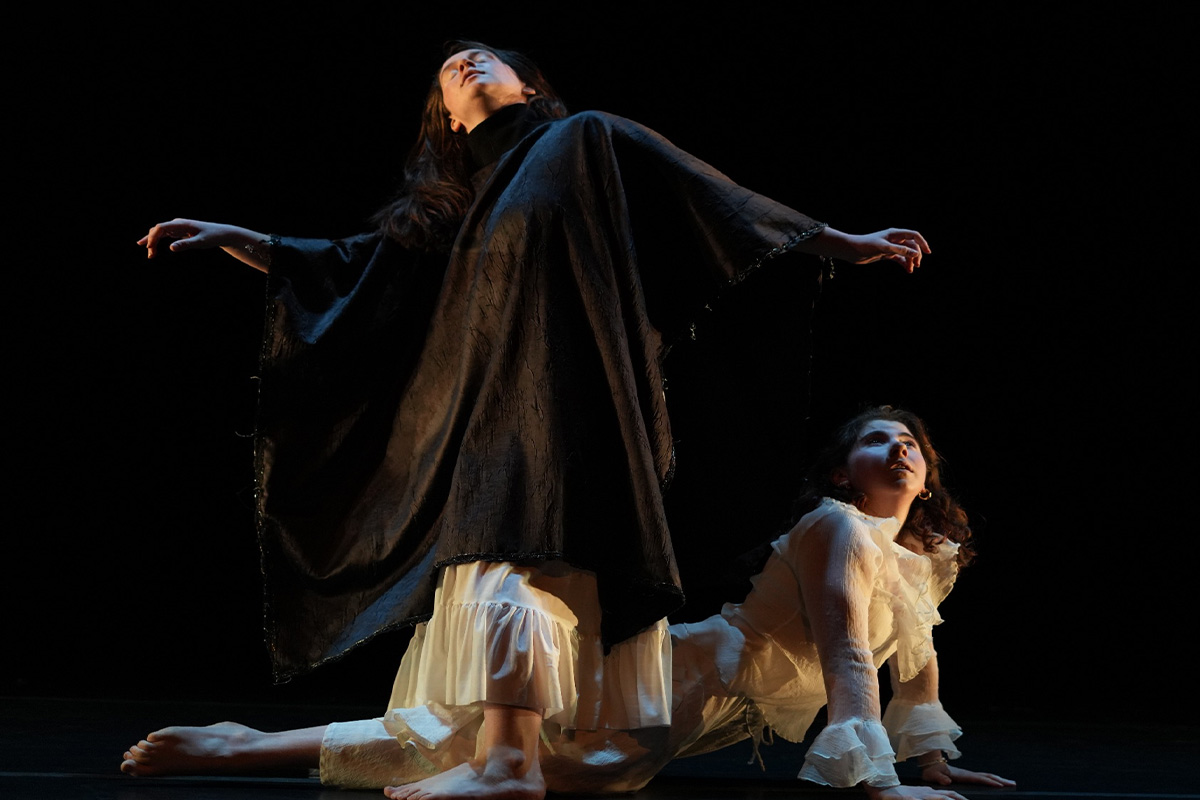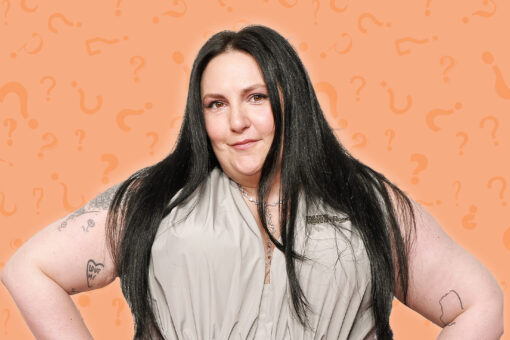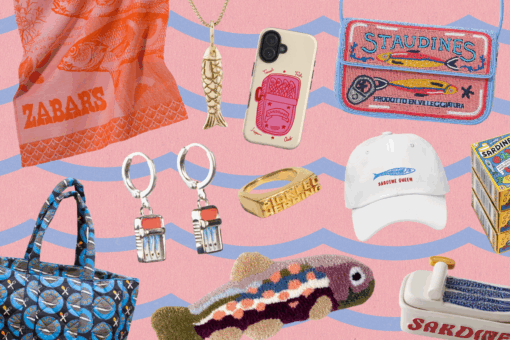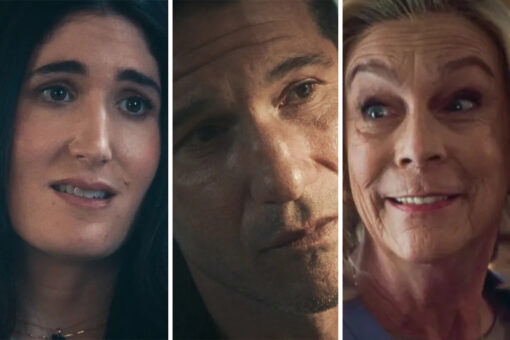Cleaning my childhood closet always feels like a really massive task. My parents love to use it as storage, stowing away everything from family heirlooms to actual garbage. The task of cleaning it is usually boring, monotonous and unexciting. But during my most recent cleaning spree, a small glint caught my eye: Buried treasure spilling out of an old biscuit tin bearing the Statue of Liberty, the legacy of my great aunt Eva, a flea market enthusiast. Upon closer inspection I identified it as a thin band, a simple bangle with a clasp. I had never seen it before, but it was pretty. I slipped it on my wrist: a perfect fit.
“Where did you find that?,” my mom asked me several afternoons later.
“It was in Aunt Eva’s old stuff.”
“That was your great grandmother’s. I haven’t seen it in years. She wore it everyday. How did that end up there?”
How did it end up there, perfectly askew, peering up at me out of the biscuit tin, forcing the usually tight lid ajar? This is a question I often ask myself when I look at Dorothy’s bracelet on my wrist. A woman whose claim to fame in my upbringing was two fold, not only does she put the Dorothy in my Nell Dorothy Adkins, but she’s also regarded as one of the great Jewish matriarchs of my family’s living history. Dorothy — the first in our family to be born in America, a business woman, a single mother, an artist — ties the past to the present.
Her bracelet, a forgotten memento, found me at the most arbitrary time. It is in this same seemingly arbitrary way that I have pieced together my great-grandmother’s story, nearly by accident.
We all want to know where we come from, a task made a little easier for some of us Jews by the fact that we’re often named for those ancestors whose time didn’t quite meet our own. Though I consider myself a naturally curious person, throughout my childhood it felt as though Dorothy was the one topic I never knew how to ask the right questions about.
I was told little pieces bit by bit. I had her hands. My mother never failed to underscore the vital importance that I keep my nails clean and kept, lest I disrespect my great grandmother! Then there were stories of the Saturdays my mother spent at Grandma Dorothy’s needle point store growing up, the baby clothes Dorothy knit my mother, the blankets Dorothy crocheted that used to hang over my grandparents living room chairs and the way Dorothy would speak in Yiddish with the other grown ups so my grandmother and her sister couldn’t understand what they were saying.
My Jewish life has always felt defined by these small glimmers, flashes of familial celebration, cultural expression and a legacy shaped by this mythic figure.
Though there is something undeniably beautiful about Friday night Shabbat prayer, a Saturday morning Torah service or gathering for an evening Havdalah, for me, the performing arts have always been the container in which I hold my Judaism. The form of spirituality best suited to me involves a well-crafted joke, reading the words of a Jewish playwright or thinking about 19th century Jewish choreographers. I grew up doing theater, dancing, secretly wishing to play Esther in the Purim shpiel, watching the Three Stooges (all Jewish) with my grandfather. I’ve had the opportunity to stand alone in many an empty theater, and it is there that I have always most strongly felt the resonance of the Jewish people who can no longer tell their stories, those people who spent their whole lives telling stories that one way or another got lost.
Theater gave me a gift: the power to know people I have never met. Whether I’m an actor or an audience member, the theater is where I can touch something otherwise seemingly far away: a Jewish past.
I never really knew why I felt the way I did, but recently, my thoughts and feelings started to click into place. Just a few years ago, my grandmother slipped me these photos across her living room coffee table.
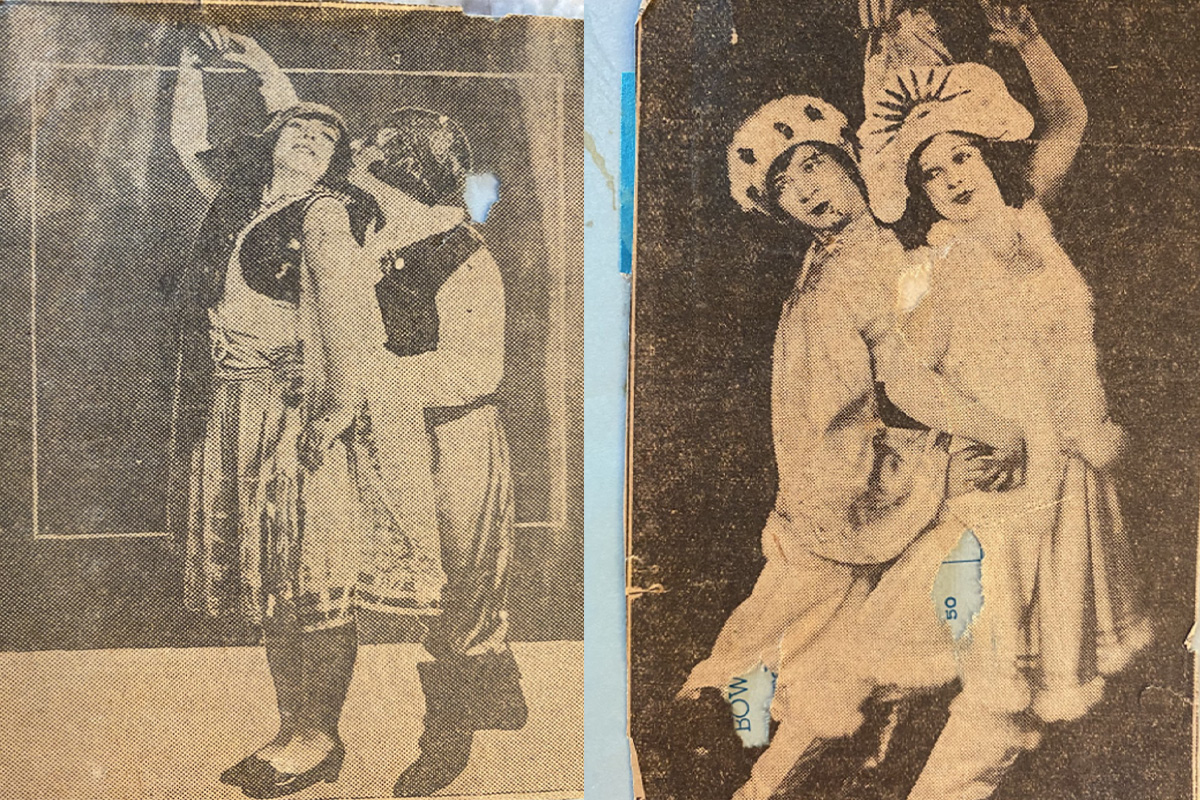
Dorothy, posed on the right in the first photo and on the left in the second photo, was a dancer. Beginning in the late 1920s she found success working in Kansas City with her business partner Sophia Olchoff, also Jewish. A 1929 newspaper article published by a Kansas City periodical reported, “Miss Eisberg who is only 22 years old has always displayed a talent for dancing, according to her friends.” In 1929, the Olchoff-Eisberg Dance Studio, run by the two young women, had nearly 100 pupils and even had to relocate to a space offering more room for the classes they taught. In their self-produced announcement advertising their 1931 opening fall term, Dorothy and Sophia were offering character, toe, ballet, tap, acrobatic, musical comedy and ballroom dancing, as well as a class for business girls which involved a bit of tap, limbering and stretching.
In addition to running the studio, the two women also regularly performed as a duo, presenting traditional Jewish folk dances and stories at numerous events in the Kansas City Jewish community. They are promoting their performances in the photos.
After providing the photos and newspaper clippings, my grandmother then offered memories of misbehaving during dance lessons growing up, Dorothy scolding her for not standing still and paying attention like the other children. My grandmother did not make a life out of dancing; neither did my mother. But as I write this essay, sitting with Dorothy’s bracelet clasped around my wrist, I am also 22 years old and have been dancing and teaching dance for a handful of years. I’ve come to realize that maybe I understand my namesake a little more deeply than I once thought, filling more of her shadow than I realized I could.
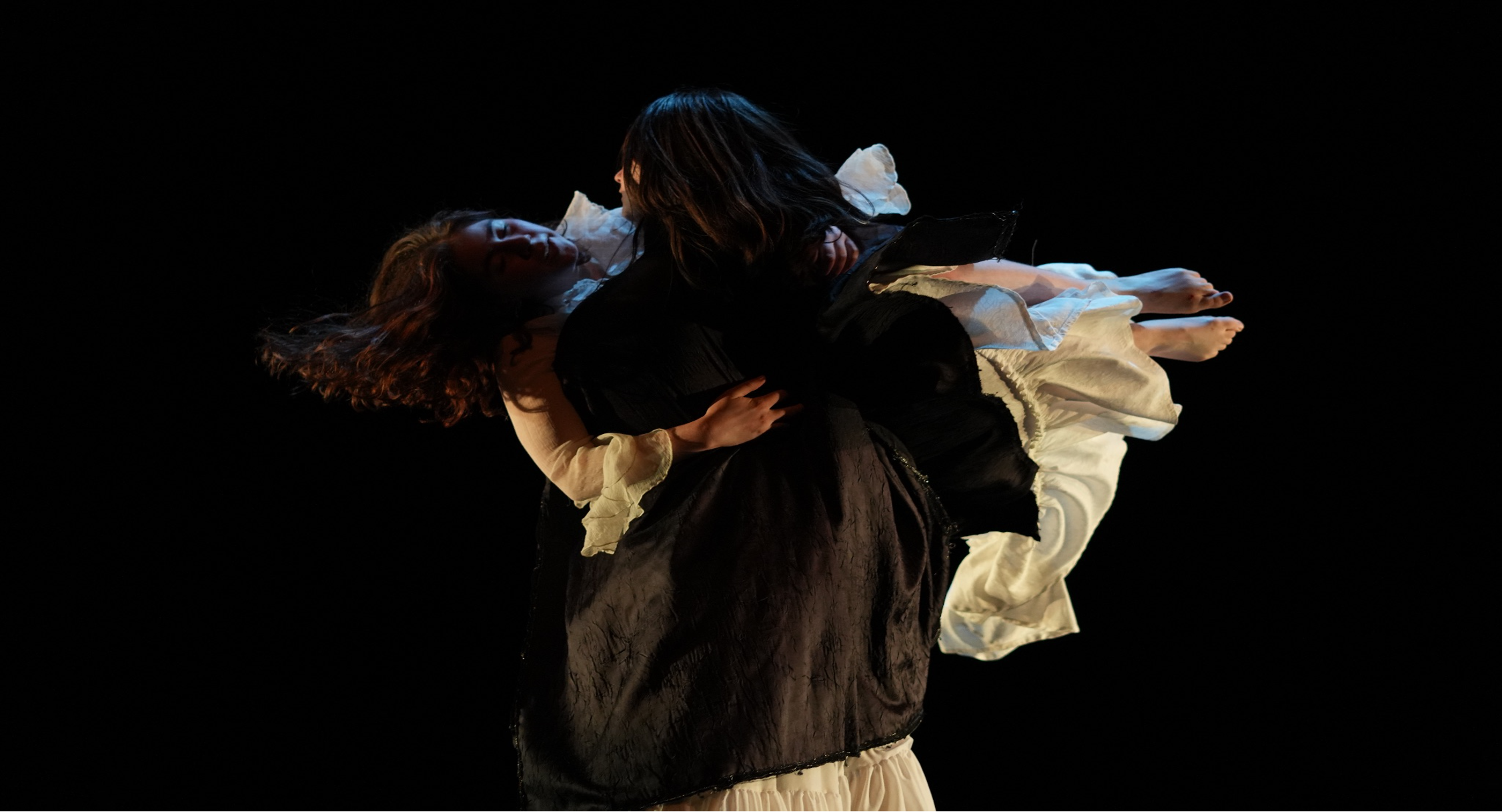
Now as I begin to create dances of my own, I am compelled to imagine Jewish life on stage, honoring Dorothy, who was one of many figures that my culminating collegiate choreographic project was dedicated to. I am pictured here with my friend Helen, also Jewish — I wear white and she wears black. Put in these visual terms, I can’t help but see the similarities between my great grandmother’s life and my own.
The stories I needed, the connection I so badly wanted to feel to Dorothy, were right in front of me. Just like going to shul and reciting the same prayers generations of Jews have said before me connects me to my ancestors, every time I walked into a dance studio I was tracing her path too. There are so many ways to honor the people who breathed life into each successive generation leading to this moment. By lighting the Shabbat candles, auditioning for a play, making a dance, questioning those things which our forebears did and didn’t question… the list goes on. Learning this new facet of my great grandmother Dorothy’s life — her passion for dance, one that mirrors my own — answered more questions about my ancestors and myself than I could have ever hoped.
Now, when I dance, I feel my Judaism in practice. In motion, in swift gestures that only happen one way, one time — it is there that I have been able to meet Dorothy, to hold her, to thank her.
